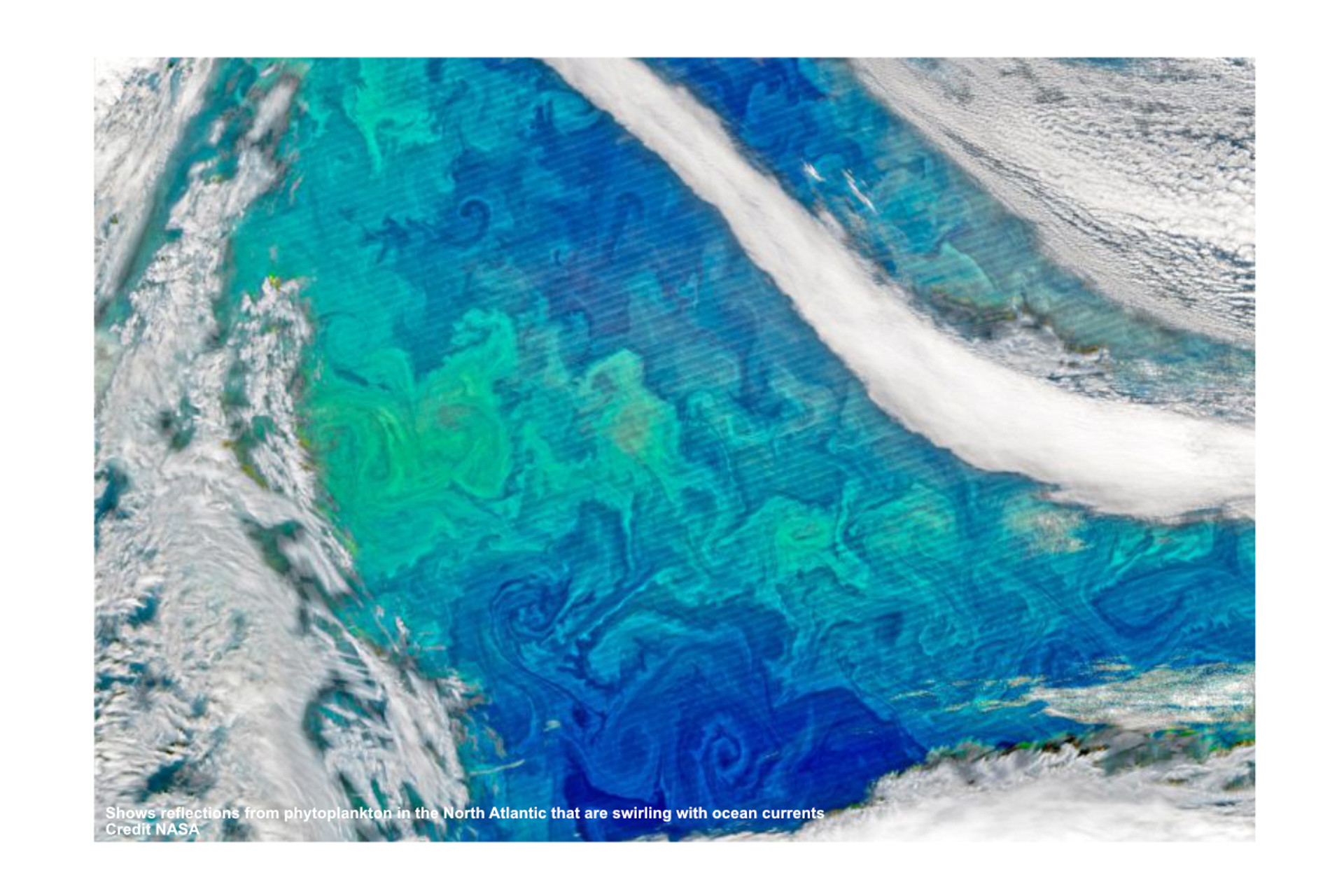Frozen Time Capsule: 800-Year-Old Ice Core Reveals Surprising Truths About Ocean Life

The latest research challenges previous studies that indicated a decline in North Atlantic phytoplankton populations since the industrial era. A 2019 study, which used Antarctic ice cores, suggested a 10% decline in marine productivity in the North Atlantic during the industrial era, raising concerns about ongoing trends. However, new research from the University of Washington, examining an 800-year ice core, reveals that North Atlantic phytoplankton populations may be more stable than previously thought. The findings suggest a more intricate atmospheric process might be responsible for recent trends in phytoplankton populations.

The study challenges previous assumptions about the decline in North Atlantic phytoplankton populations based on Greenland ice cores. While a decline in methanesulfonic acid (MSA) concentrations in the ice cores had been interpreted as a sign of decreasing primary productivity, the new research, focusing on sulfate levels in the ice core, suggests that MSA alone cannot provide a comprehensive picture of primary productivity. The findings emphasize the complexity of factors influencing phytoplankton populations and challenge earlier narratives of a straightforward decline in their abundance.
The previous interpretation of declining phytoplankton populations in the North Atlantic based on Greenland ice cores has been challenged. The study, using a Greenland ice core dating from 1200 to 2006, reveals that sulfate derived from phytoplankton actually increased during the industrial era. This suggests that the decline in methanesulfonic acid (MSA), previously considered a sign of reduced primary productivity, is offset by the simultaneous increase in phytoplankton-derived sulfate. The findings imply that phytoplankton-derived sulfur emissions have remained stable overall despite human-generated pollutants altering atmospheric chemistry.
 The research suggests that when
considering the balance of sulfur compounds in Greenland ice cores, phytoplankton populations in the North Atlantic seem to have been fairly stable
since the mid-1800s. The inclusion of both methanesulfonic acid (MSA) and phytoplankton-derived
sulfate in the analysis provides a more comprehensive view of how emissions
from marine primary producers have changed over time. However, the researchers
emphasize that marine ecosystems still face threats from various factors, and a
holistic approach, combining ice core measurements with other estimates and
modeling studies, is crucial for a thorough understanding of past and potential
future changes in marine productivity. To learn more, head to University of Washington’s
article on SciTechDaily https://scitechdaily.com/frozen-time-capsule-800-year-old-ice-core-reveals-surprising-truths-about-ocean-life/
The research suggests that when
considering the balance of sulfur compounds in Greenland ice cores, phytoplankton populations in the North Atlantic seem to have been fairly stable
since the mid-1800s. The inclusion of both methanesulfonic acid (MSA) and phytoplankton-derived
sulfate in the analysis provides a more comprehensive view of how emissions
from marine primary producers have changed over time. However, the researchers
emphasize that marine ecosystems still face threats from various factors, and a
holistic approach, combining ice core measurements with other estimates and
modeling studies, is crucial for a thorough understanding of past and potential
future changes in marine productivity. To learn more, head to University of Washington’s
article on SciTechDaily https://scitechdaily.com/frozen-time-capsule-800-year-old-ice-core-reveals-surprising-truths-about-ocean-life/